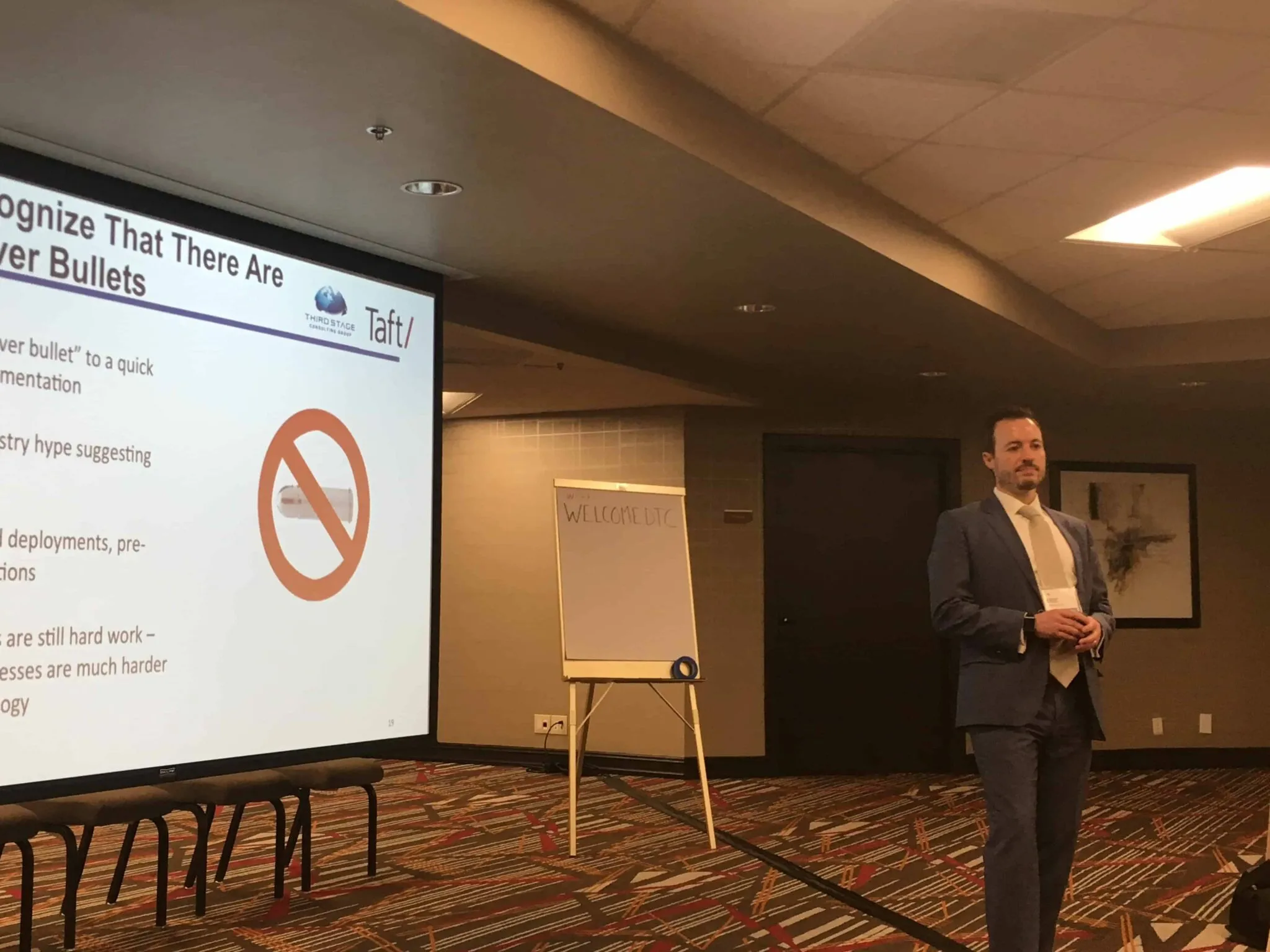Here’s what you should know before a major software rollout

DENVER — Hershey’s, Nike, Waste Management, MillerCoors: All giant, billion-dollar companies that made one major misstep. They botched the rollout of their enterprise software.
Enterprise Resource Planning software, or ERP software, is the backbone of running a large business: It’s the integration and tracking of various applications such as payroll, purchase orders, production capacity, etc. Without software to track all of those data sets and bring them together cohesively and smoothly across departments and thousands of employees, a business can collapse.
 Eric Kimberling, CEO of Third…
Eric Kimberling, CEO of Third…
THIS ARTICLE IS FOR SUBSCRIBERS ONLY
Continue reading for less than $3 per week!
Get a month of award-winning local business news, trends and insights
Access award-winning content today!





